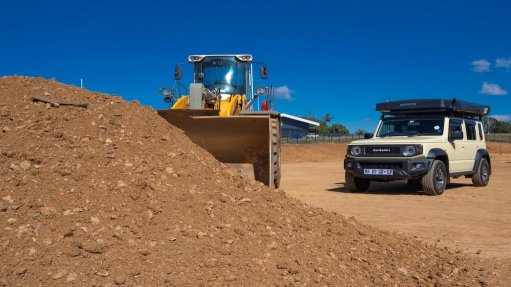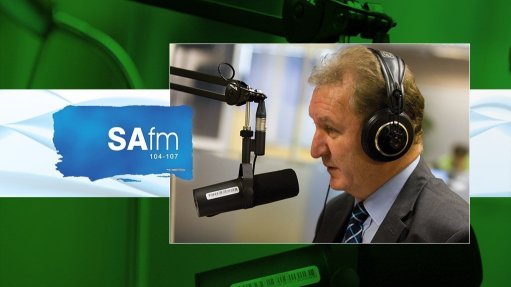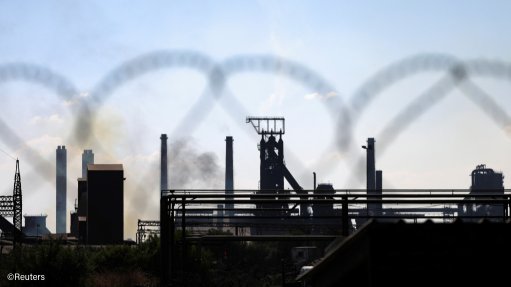French aircraft selected for British VIP requirement
French aerospace group Dassault Aviation, renowned for its fighter and business jets, has secured a prestigious order, albeit indirectly. Two of the French group’s Falcon 900LX business jets will be acquired to serve as the next generation of VIP aircraft for the UK Royal Air Force (RAF).
The contract has actually been placed by the UK Ministry of Defence (MOD) with British aircraft charter, leasing, maintenance (and other aviation services) company Centreline, which is based at Bristol in England. Under the contract, which is worth £80-million, Centreline will buy two Dassault Falcon 900LX to fulfil the VIP aircraft requirement. It is not clear if these will be new or used aircraft.
Initially, the Falcons will be operated by mixed civilian/RAF crews. They will then be upgraded by being fitted with missile jamming systems and military communications and subsequently be crewed solely by RAF crews.
It appears that Centreline will maintain the aircraft, at least initially. The contract also provides for the company to provide support for two years, with an option of up to three further years of support.
“The new planes will be more sustainable thanks to their smaller engines, leading to a reduction in fuel burn and emissions. They will also be able to fly further, providing the UK greater opportunity to engage with key allies and partners,” affirmed the UK MOD in its statement. “[The] Dassault 900LX was successful in this competition as the standout candidate in performance, cost value and time requirements.”
The two new executive aircraft will replace four BAe 146 small jetliners, which are each powered by four engines and have been in service for about 40 years. Two of the BAE 146s have been sold to a civilian operator while the other two have been assigned to museums for preservation.
According to Dassault, more than 500 Falcon 900LXs have been built since the aircraft was launched in 2008. The type is powered by three Honeywell TFE731-60 engines. It has a range of 8 800 km and a top speed of between Mach 0.84 and Mach 0.87 (Mach 1.00 is the speed of sound, which varies with altitude, hence the use of the Mach numbers instead of km/h numbers.) The cabin has a height of 1.88 m and a width of 2.34 m.
Comments
Announcements
What's On
Subscribe to improve your user experience...
Option 1 (equivalent of R125 a month):
Receive a weekly copy of Creamer Media's Engineering News & Mining Weekly magazine
(print copy for those in South Africa and e-magazine for those outside of South Africa)
Receive daily email newsletters
Access to full search results
Access archive of magazine back copies
Access to Projects in Progress
Access to ONE Research Report of your choice in PDF format
Option 2 (equivalent of R375 a month):
All benefits from Option 1
PLUS
Access to Creamer Media's Research Channel Africa for ALL Research Reports, in PDF format, on various industrial and mining sectors
including Electricity; Water; Energy Transition; Hydrogen; Roads, Rail and Ports; Coal; Gold; Platinum; Battery Metals; etc.
Already a subscriber?
Forgotten your password?
Receive weekly copy of Creamer Media's Engineering News & Mining Weekly magazine (print copy for those in South Africa and e-magazine for those outside of South Africa)
➕
Recieve daily email newsletters
➕
Access to full search results
➕
Access archive of magazine back copies
➕
Access to Projects in Progress
➕
Access to ONE Research Report of your choice in PDF format
RESEARCH CHANNEL AFRICA
R4500 (equivalent of R375 a month)
SUBSCRIBEAll benefits from Option 1
➕
Access to Creamer Media's Research Channel Africa for ALL Research Reports on various industrial and mining sectors, in PDF format, including on:
Electricity
➕
Water
➕
Energy Transition
➕
Hydrogen
➕
Roads, Rail and Ports
➕
Coal
➕
Gold
➕
Platinum
➕
Battery Metals
➕
etc.
Receive all benefits from Option 1 or Option 2 delivered to numerous people at your company
➕
Multiple User names and Passwords for simultaneous log-ins
➕
Intranet integration access to all in your organisation


















